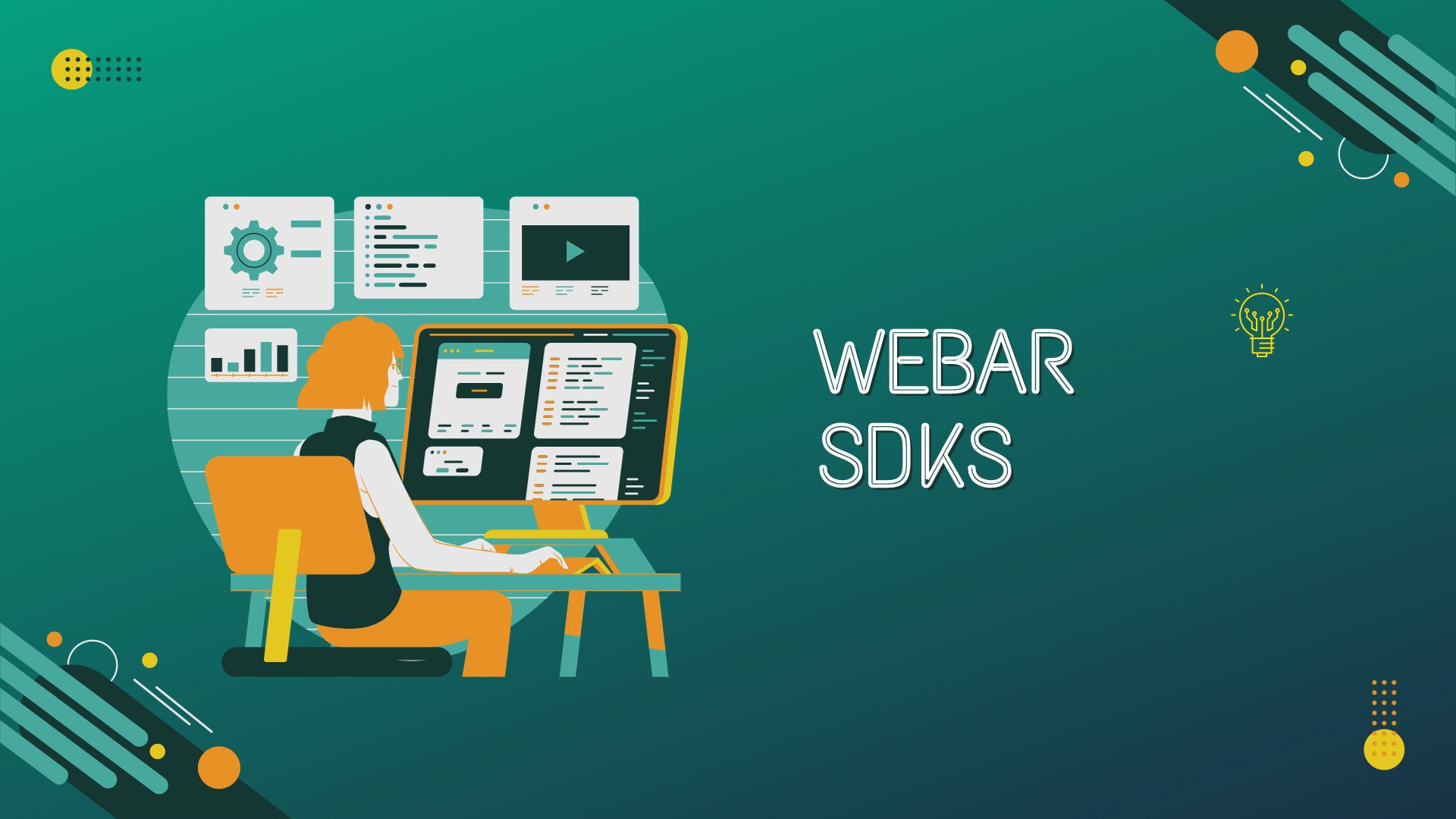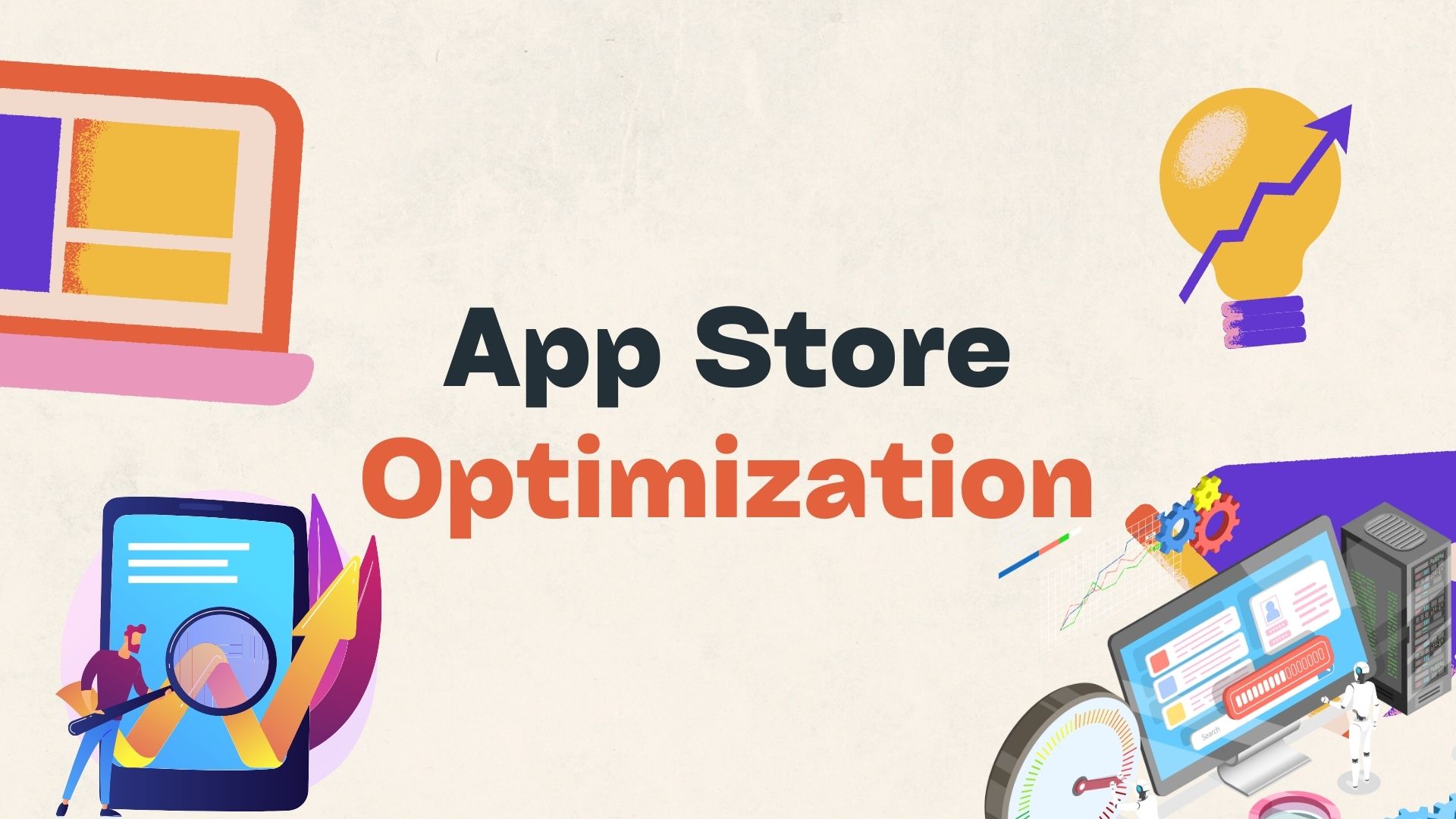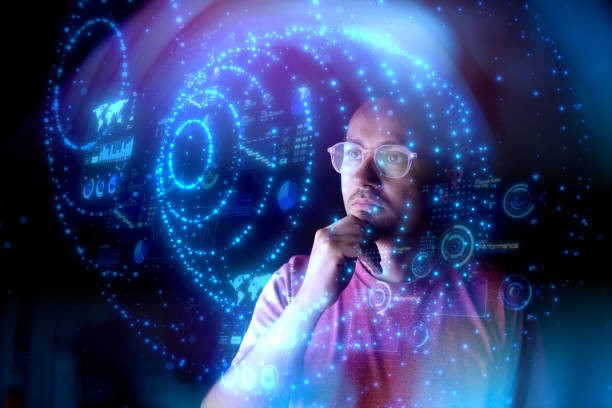Unlocking Possibilities: Exploring the Best WebAR SDKs

In recent years, Augmented Reality (AR) has transcended its novelty status to become a transformative force across various industries. One of the key drivers behind the widespread adoption of AR is the development of WebAR, which allows users to experience augmented reality directly through their web browsers, eliminating the need for specialized apps. This shift has opened up a realm of possibilities, and at the heart of this technological evolution are Software Development Kits (SDKs). In this article, we'll delve into the world of WebAR SDKs, exploring some of the best options available and the possibilities they unlock.
Understanding WebAR SDKs
WebAR SDKs are sets of tools, libraries, and APIs that developers use to create immersive and interactive AR experiences accessible through web browsers. These SDKs provide a bridge between the physical and digital worlds, enabling developers to overlay virtual content onto the real environment seamlessly.
Top WebAR SDKs
- Banuba
Banuba stands at the forefront of augmented reality innovation, offering a robust suite of features that redefine user engagement. With cutting-edge Face AR technology, Banuba enables real-time facial recognition and effects, providing a personalized and immersive experience. Their commitment to accessibility is evident through the online WebAR Demo version, allowing users to explore the potential seamlessly. The inclusion of AI-powered filters elevates the level of interaction, making it an ideal choice for social media applications, video conferencing, and crafting interactive brand experiences. Banuba's Cross-platform support further underscores its versatility, making it a go-to solution for diverse AR applications.
Key Features:
- Face AR technology for real-time facial recognition and effects.
- Accessible online WebAR Demo version.
- AI-powered filters and effects for enhanced user engagement.
- Cross-platform support for diverse applications.
Use Cases: Social media applications, video conferencing, and interactive brand experiences.
- AR.js
AR.js emerges as a lightweight and versatile augmented reality toolkit, prioritizing simplicity without compromising functionality. Boasting marker-based tracking, it excels in delivering precise and reliable AR experiences. Its open-source nature ensures compatibility with a wide range of devices, making it a go-to choice for educators, marketers, and gaming enthusiasts. The seamless integration of AR.js into various applications facilitates educational content creation, innovative marketing campaigns, and captivating gaming experiences.
Key Features:
- Marker-based tracking.
- Lightweight and easy to use.
- Open-source and compatible with a wide range of devices.
Use Cases: Education, marketing, and gaming.
- A-Frame
A-Frame, built on the robust Three.js framework, offers a declarative HTML syntax that simplifies the creation of AR content. Its user-friendly approach is complemented by excellent community support, fostering collaboration and innovation. A-Frame shines in virtual tourism, enabling users to explore immersive landscapes, as well as in product visualization and training simulations, where its capabilities contribute to creating realistic and engaging scenarios.
Key Features:
- Built on top of Three.js.
- Declarative HTML syntax for AR content creation.
- Excellent community support.
Use Cases: Virtual tourism, product visualization, and training simulations.
- 8th Wall
8th Wall pushes the boundaries of WebAR with its advanced features, including markerless tracking using SLAM. This technology, coupled with robust browser support, positions 8th Wall as a leader in the development of retail, advertising, and spatial computing applications. The seamless integration with popular web frameworks enhances its accessibility, empowering developers to create AR experiences that captivate and inspire.
Key Features:
- Markerless tracking with SLAM (Simultaneous Localization and Mapping).
- Robust support for AR development across browsers.
- Integration with popular web frameworks.
Use Cases: Retail, advertising, and spatial computing applications.
- ZapWorks
ZapWorks sets itself apart with a user-friendly interface designed for effortless AR content creation. Supporting both marker-based and markerless tracking, ZapWorks provides a versatile toolkit for developers. The inclusion of analytics and performance tracking tools empowers creators to fine-tune their AR experiences. Ideal for brand activations, interactive print media, and packaging applications, ZapWorks facilitates the seamless integration of augmented reality into marketing and branding campaigns.
Key Features:
- User-friendly interface for AR content creation.
- Support for both marker-based and markerless tracking.
- Analytics and performance tracking tools.
Use Cases: Brand activations, interactive print, and packaging.
- Wikitude
Wikitude offers a comprehensive suite of tracking options, including image, object, and SLAM, providing developers with the tools needed to create diverse AR applications. The efficiency of cloud recognition streamlines content delivery, enhancing user experiences. With cross-platform compatibility, Wikitude is a reliable choice for navigation assistance, industrial maintenance, and location-based AR experiences. It opens doors to a multitude of possibilities, transforming how users interact with the world around them.
Key Features:
- Comprehensive set of tracking options, including image, object, and SLAM.
- Cloud recognition for efficient content delivery.
- Cross-platform compatibility.
Use Cases: Navigation, industrial maintenance, and location-based AR experiences.
Enhanced Marketing Campaigns
WebAR SDKs empower marketers to create engaging and interactive campaigns. From product visualizations to immersive storytelling, AR enhances user engagement and brand recall.
Immersive Education
WebAR is revolutionizing education by providing students with interactive and 3D learning experiences. Complex concepts can be simplified and brought to life through AR, making education more engaging and effective.
Retail Revolution
AR in e-commerce is taking online shopping to the next level. Customers can visualize products in their physical space before making a purchase, reducing returns and enhancing the overall shopping experience.
Spatial Computing Applications
WebAR SDKs with SLAM capabilities enable the development of spatial computing applications, where virtual objects interact dynamically with the real world. This opens doors to innovative solutions in areas like navigation, gaming, and simulation.
Conclusion
WebAR SDKs are the key to unlocking the full potential of augmented reality on the web. As technology continues to advance, these SDKs will play a pivotal role in shaping the future of interactive and immersive web experiences. Whether you are a developer seeking to create cutting-edge AR applications or a business looking to leverage AR for marketing and customer engagement, exploring the capabilities of WebAR SDKs is a crucial step towards staying at the forefront of this transformative technology.

Wayne Kernochan has been an IT industry analyst and auther for over 15 years. He has been focusing on the most important information-related technologies as well as ways to measure their effectiveness over that period. He also has extensive research on the SMB, Big Data, BI, databases, development tools and data virtualization solutions. Wayne is a regular speaker at webinars and is a writer for many publications.


